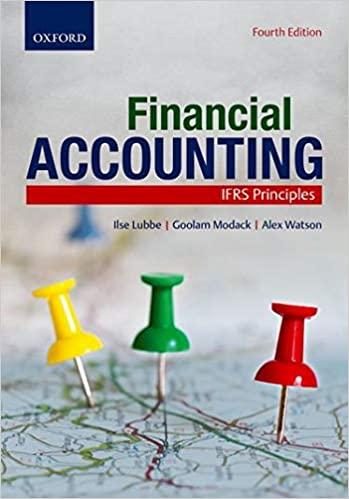Answered step by step
Verified Expert Solution
Question
1 Approved Answer
We consider a two-period endowment economy. Suppose you have the following utility function U(c,c)=lnc+lnc(0 where c and c refer to consumption in the first and

We consider a two-period endowment economy. Suppose you have the following utility function U(c,c)=lnc+lnc(0 where c and c refer to consumption in the first and second periods, respectively, and = 0.5. The household income in the first and second periods is denoted by y and y. Assume government collects lump-sum tax in both periods (T.T) to finance the public spending in both periods (G,G) and issue bonds B in the first period. A real net interest rate r is 1 . 1. Write down the household's problem. Does the household perfectly smooth their consumption over lifetime? Show it using the optimality condition. 2. Solve for optimal c,c and s (saving) when yT>yT. 3. Given the conditions in part (2), there is an increase in future income y 'such that yT= y - T. Find new optimal c,c and s. Explain how c,c and s change compared to part (2). 4. Focusing on part (3), (a) Suppose that the government increases T by a small amount and decreases T2 by the same amount. Explain how c,c and s change. Interpret the results. (b) Now, we assume a borrowing constraint s0. Again, suppose that the government increases T by a small amount and decreases T by the same amount. Explain how c,c and s change. Interpret the results. 5. Write down the the household's problem and solve for new optimal c.c and s when r=0 and the utility function given by U(c,c)=lnc+lnc where =1 assuming yT=yT as in part (3). Here, assume that households can borrow freely
Step by Step Solution
There are 3 Steps involved in it
Step: 1

Get Instant Access to Expert-Tailored Solutions
See step-by-step solutions with expert insights and AI powered tools for academic success
Step: 2

Step: 3

Ace Your Homework with AI
Get the answers you need in no time with our AI-driven, step-by-step assistance
Get Started


